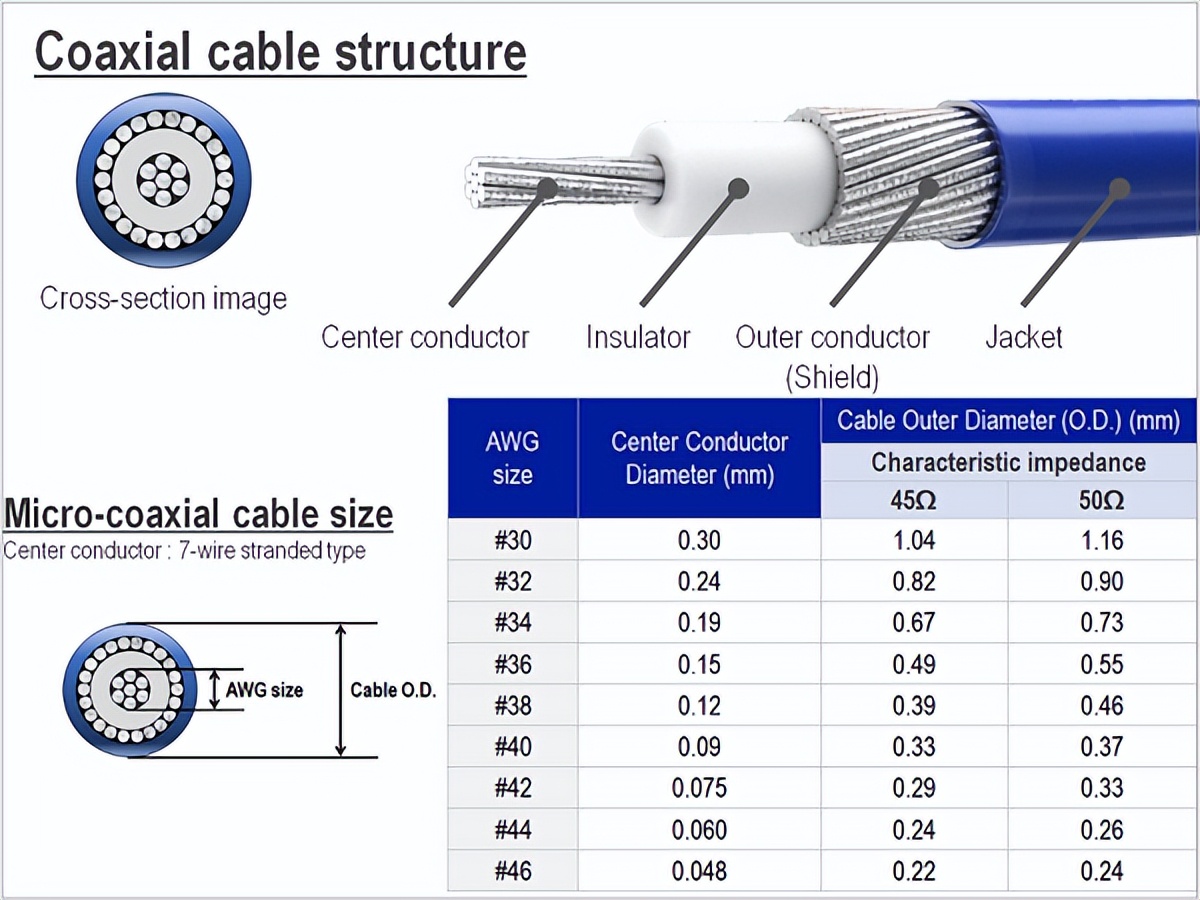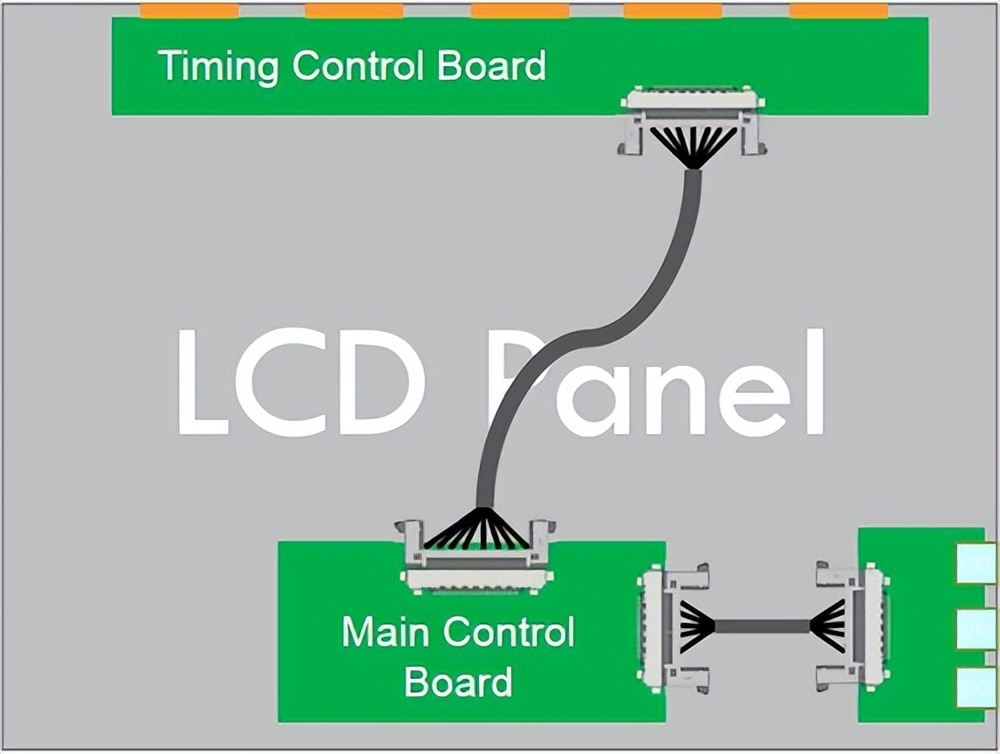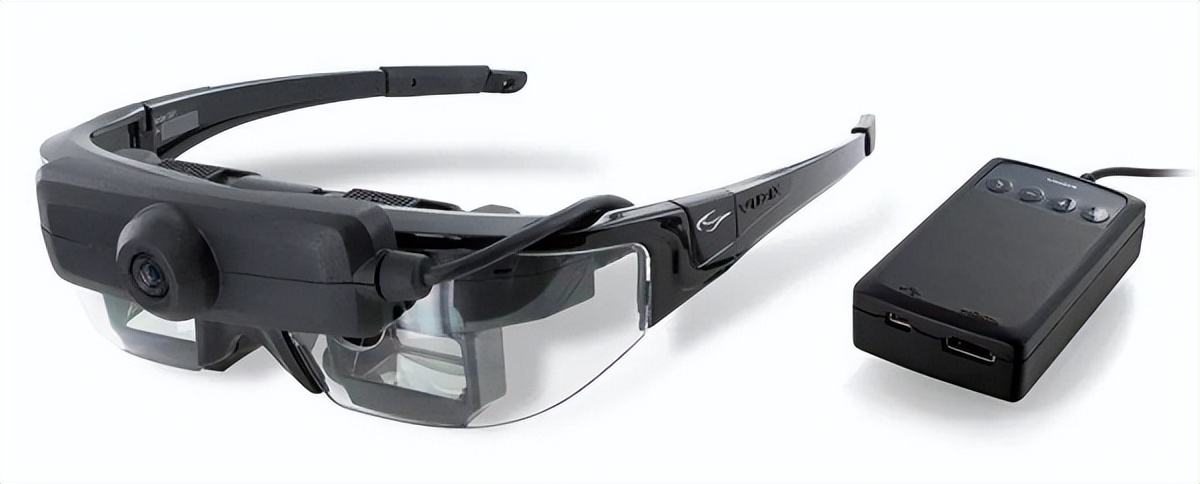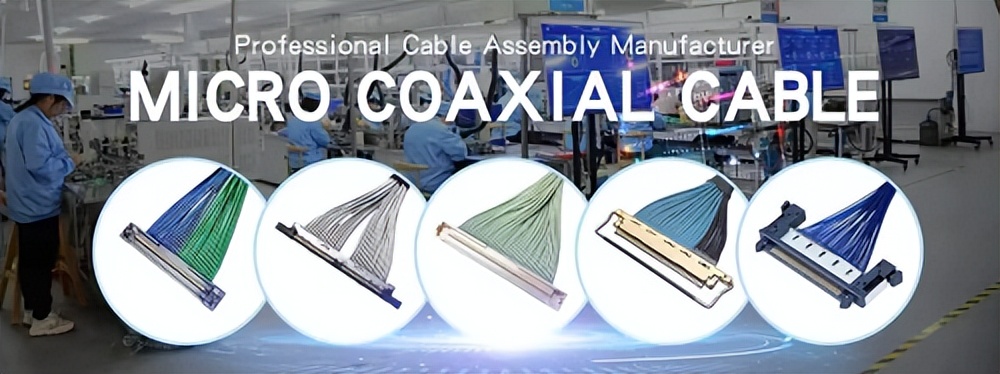Categorization:Harness Component
With the rapid development of VR/AR technology, there are higher requirements for the internal wiring of head-mounted devices. Whether it is high-resolution display signals or real-time data from various sensors, a high-speed, low-loss transmission method is needed. And completing wiring in a compact space is a core difficulty in design.
Space-limited and bending design
The internal structure of VR/AR devices is dense, with extremely limited wiring space. Although the diameter of ultra-fine coaxial cables (micro coaxial cable) is typically only within the range of 0.3~0.5mm, the actual wiring still requires strict control over the bending radius. Over-bending can lead to changes in impedance, thereby affecting signal integrity, causing attenuation or distortion.
2. Electromagnetic Compatibility and Signal Stability
The head-mounted display device integrates various electronic units such as the display module, camera, and position tracking sensors, and there is a strong risk of electromagnetic interference between the modules. Although the extremely thin coaxial cable has a good shielding structure, under high-density wiring conditions, it is still necessary to reduce crosstalk through reasonable path planning and spacing arrangement to ensure the real-time and stable transmission of data and images.
Dynamic life under dynamic use
VR/AR headsets are accompanied by frequent head movements during wear, and the internal cables need to withstand repeated bending for a long time. The extremely thin coaxial cables are more flexible than soft wiring, but they may still experience metal fatigue or sheath破裂 under continuous dynamic loads. How to balance flexibility and durability in wiring planning is a key factor in ensuring product lifespan.
4. Assembly requirements and modular thinking
The termination of ultra-fine coaxial cable bundles involves multiple complex processes and has high requirements for welding accuracy and assembly equipment. By adopting a modular cable assembly scheme, not only can the consistency of mass production be improved, but it can also reduce assembly difficulty while maintaining high reliability, thereby enhancing overall manufacturing efficiency.
Ultra-fine coaxial cable wiring in VR/AR devices is a process of seeking a balance between "high-performance transmission" and "miniaturized structure." To achieve stable and high-speed data transmission while ensuring the reliability of the device over long-term use, it is necessary to comprehensively optimize in many aspects such as materials, layout, shielding structure, and manufacturing processes.
I amSuzhou Huichengyuan Electronic TechnologyDeeply focusing on the research and development of high-speed transmission cables and ultra-fine coaxial cables, providing high-reliability interconnection solutions for various equipment. If you are looking for professional support, welcome to contactManager Yin 18913280527 (WeChat number the same)We provide technical assistance at any time.